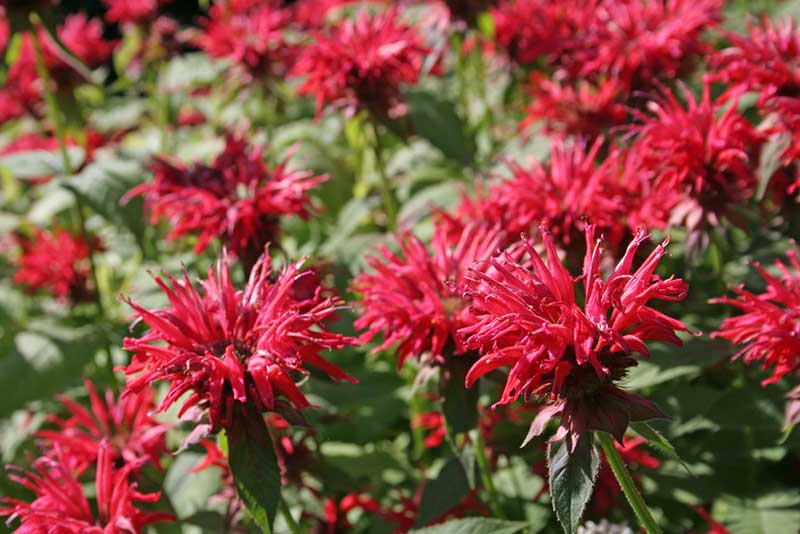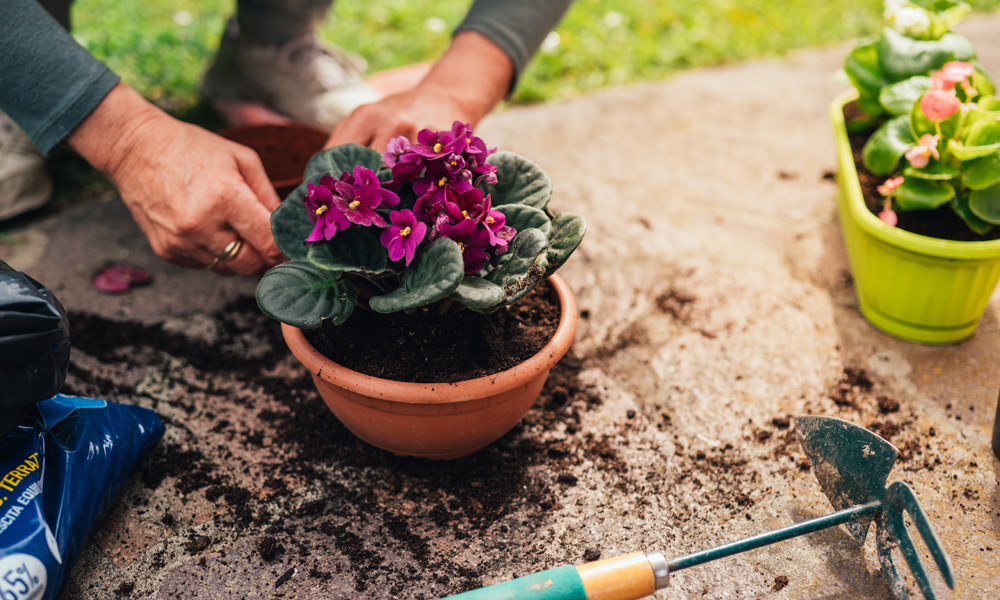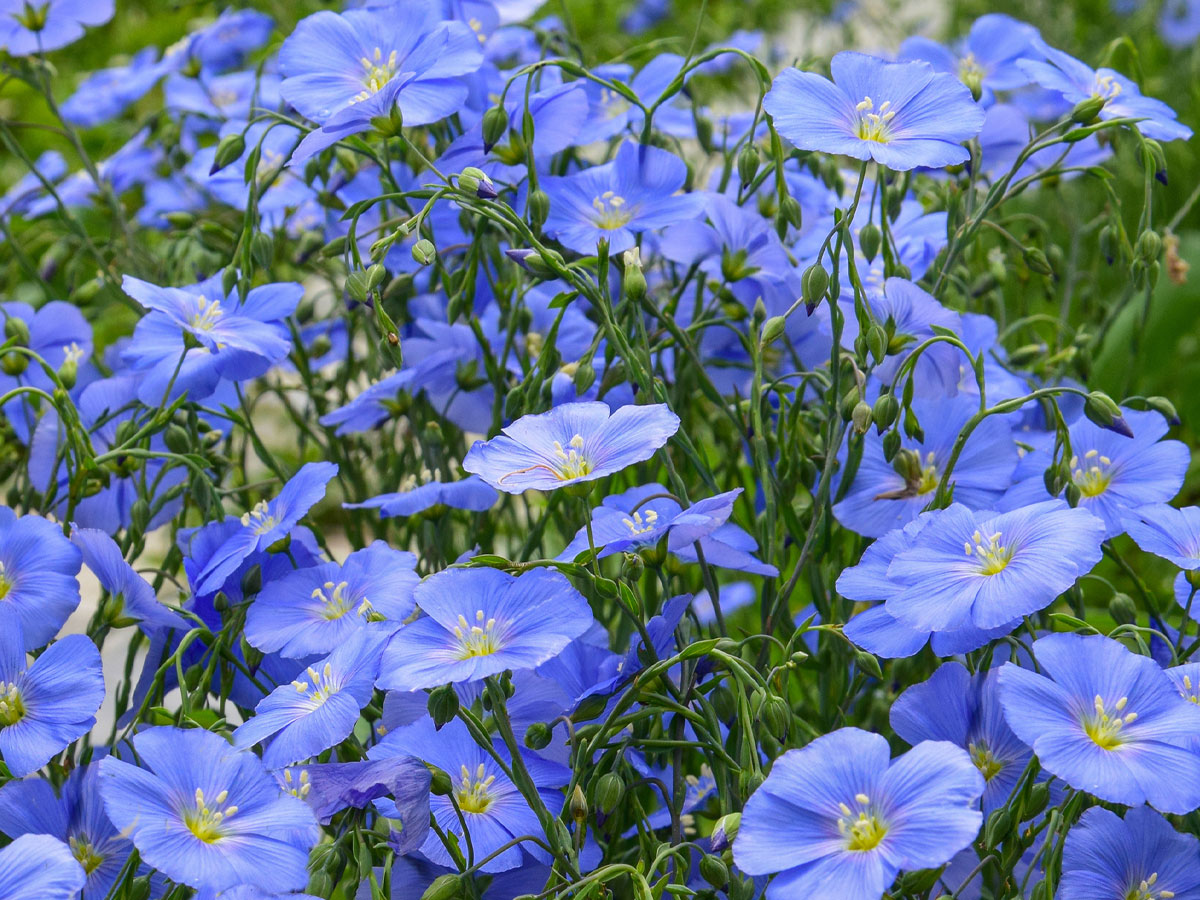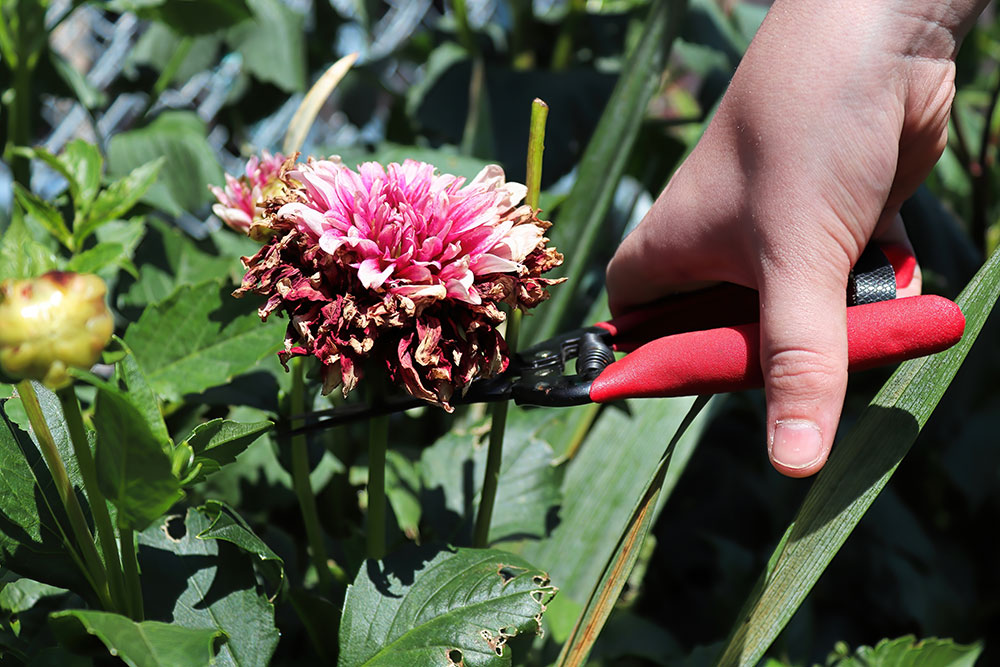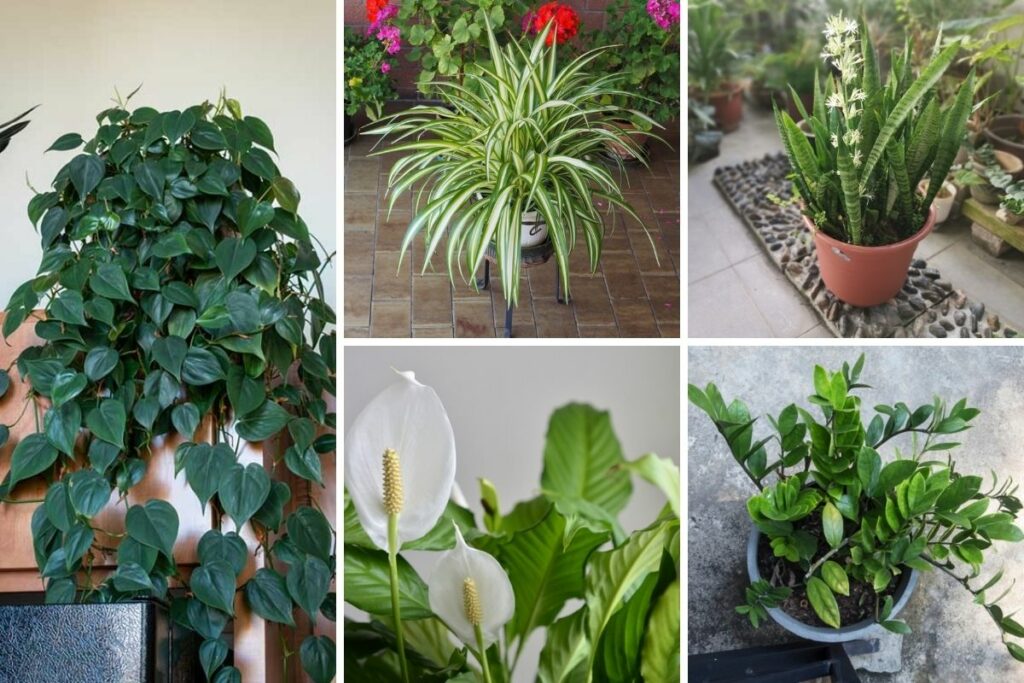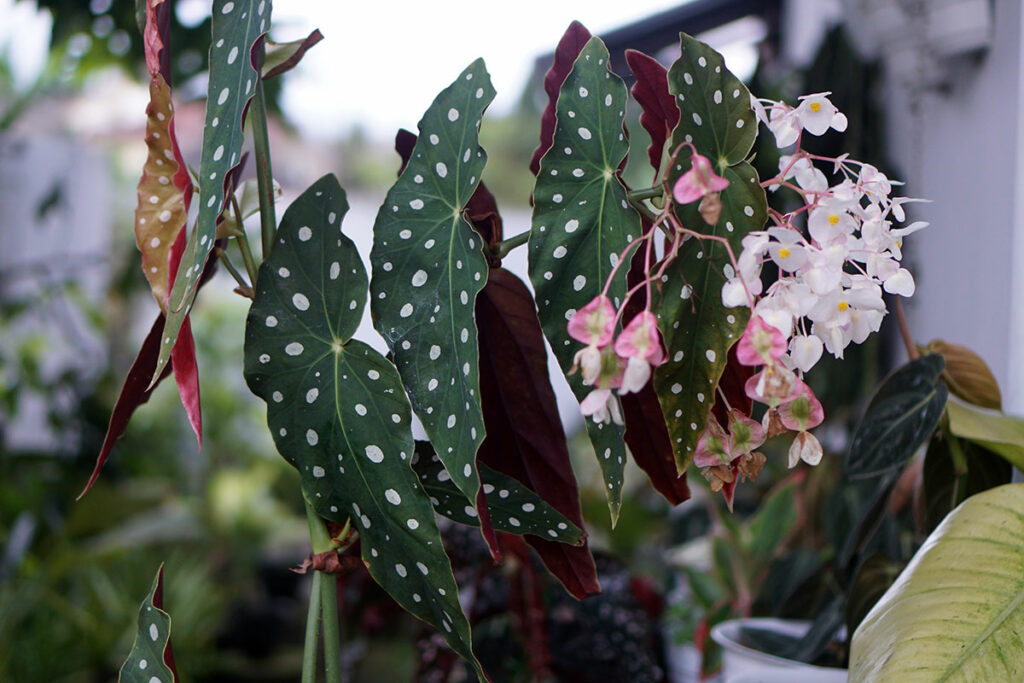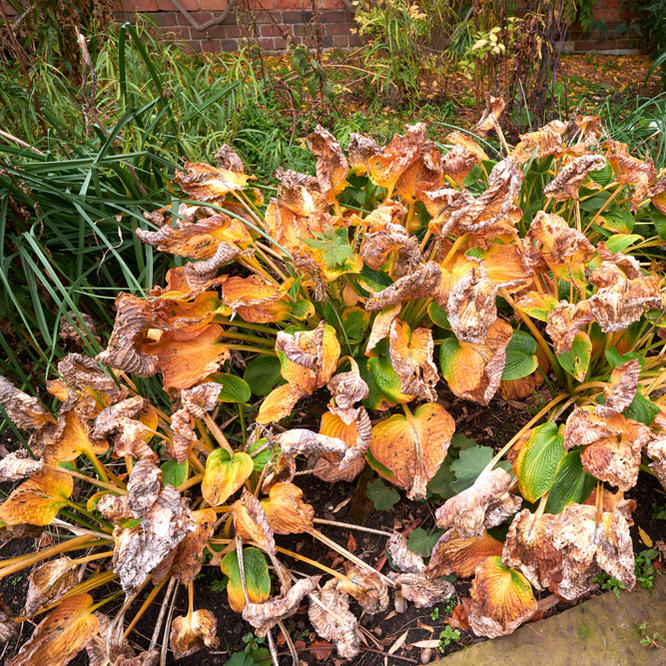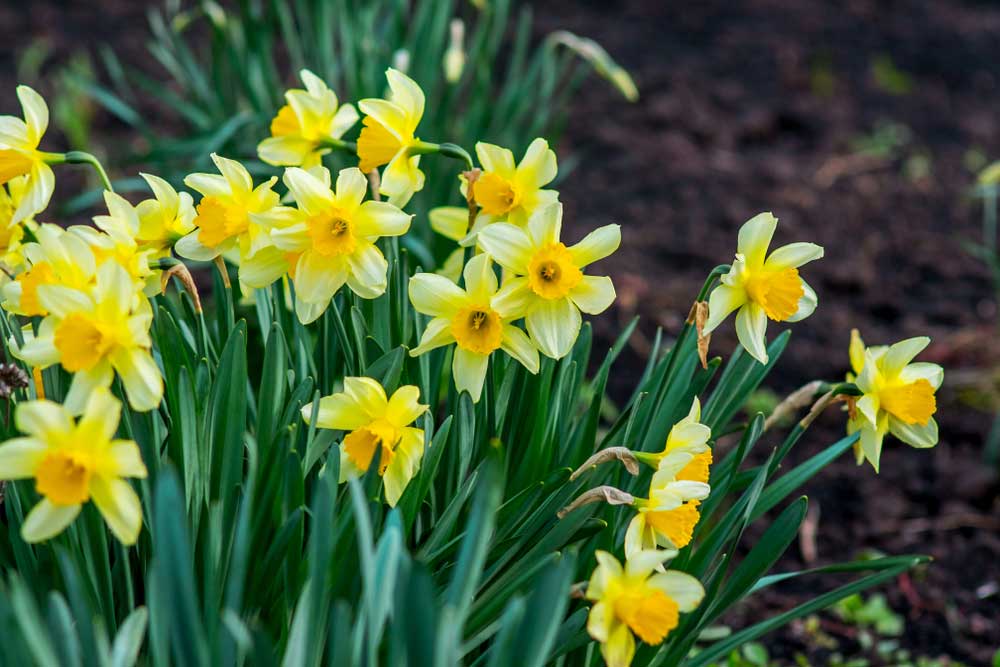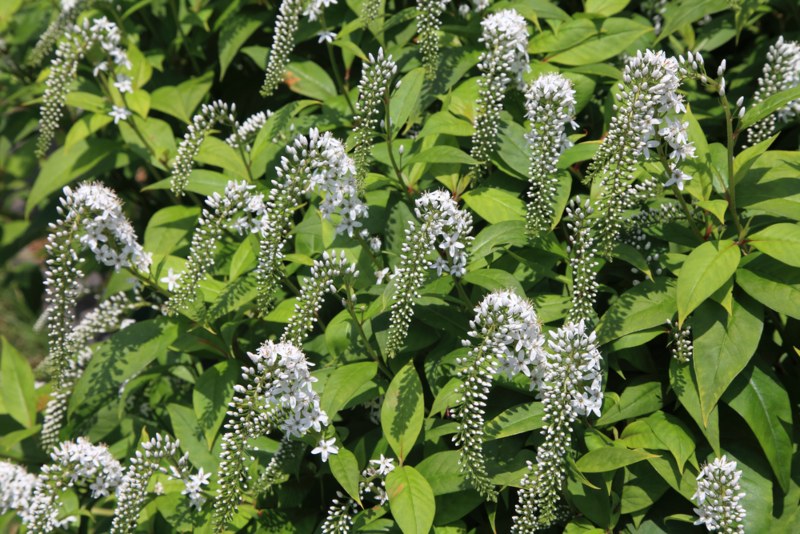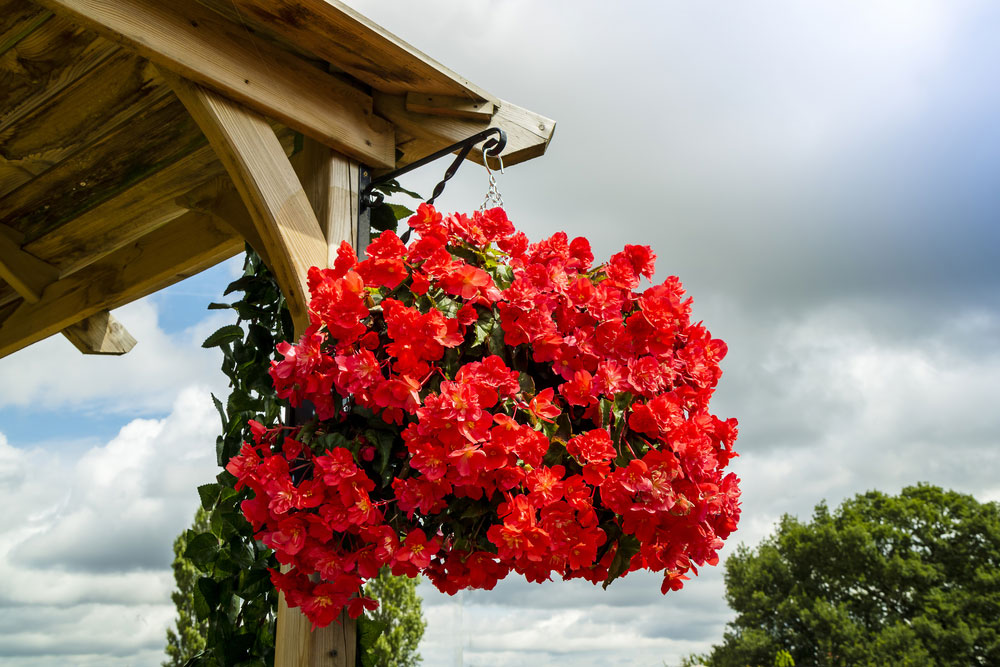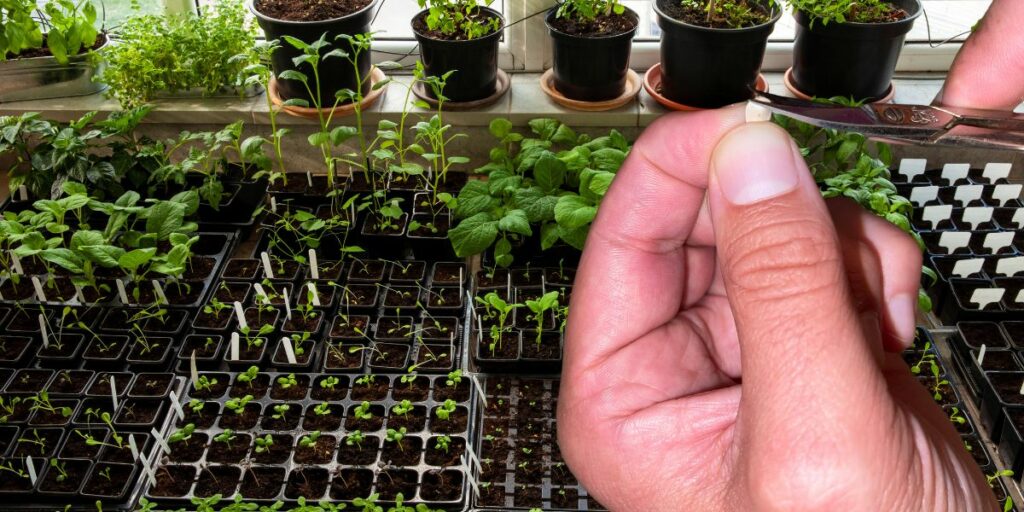
The process of preparing seeds before planting, known as seed scarification, has been a practice in gardening and agriculture for centuries.
One of the commonly employed methods is seed clipping, which involves making a small cut or nick in the seed coat.
This method can offer multiple benefits for improving the germination rate and overall vigor of certain types of seeds.
Here’s a closer look at some of the advantages of clipping plant seeds:
- Accelerated Water Uptake: The primary function of clipping or nicking the seed is to break the outer seed coat. This makes it easier for water to penetrate the inner embryo, which is vital for the initiation of the germination process. Soaked seeds can absorb moisture quickly, leading to a faster start in the germination phase.
- Overcome Seed Dormancy: Many seeds possess an inherent dormancy mechanism to ensure they don’t germinate under unfavorable conditions. A hard seed coat can be a physical barrier that prevents the seed from germinating. By clipping the seed, you assist in breaking this dormancy, allowing the seed to sprout in conditions it might not have otherwise.
- Uniform Germination: Clipped seeds tend to germinate more uniformly. This uniformity can be especially beneficial for gardeners and farmers who need to plan for space or want to ensure an even growth pattern among their plants.
- Reduces the Need for Extended Soaking: Some seeds require extended soaking periods to soften their hard coat. Clipping can reduce the need for prolonged soaking, saving time and reducing the risk of seeds rotting due to excessive water exposure.
- Increased Germination Rate: In many cases, especially for hard-coated seeds, the germination percentage can be significantly improved with seed clipping. This ensures that a higher proportion of the seeds planted will successfully sprout, making for a more efficient use of seeds and reducing wastage.
- Improved Seedling Vigor: Seeds that germinate quickly often lead to seedlings that are more vigorous and robust. This can mean a better start for young plants, leading to improved growth rates and overall health.
However, it’s important to approach seed clipping with caution. Not all seeds benefit from this process. Over-clipping or incorrectly clipping a seed can damage the embryo inside, making it non-viable.
Before embarking on seed clipping, gardeners should research the specific needs and recommendations for the species they intend to plant.
Proper technique and understanding will ensure that the benefits of seed clipping are realized without causing harm to the precious seeds.

